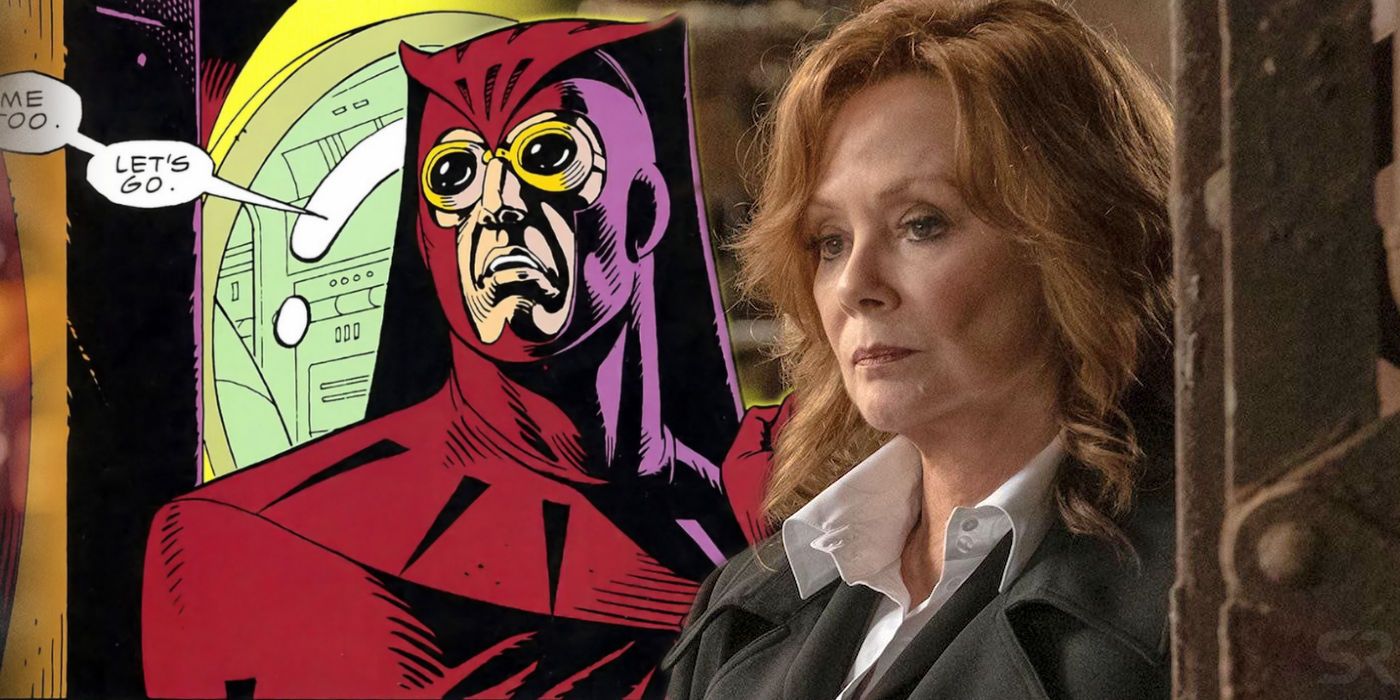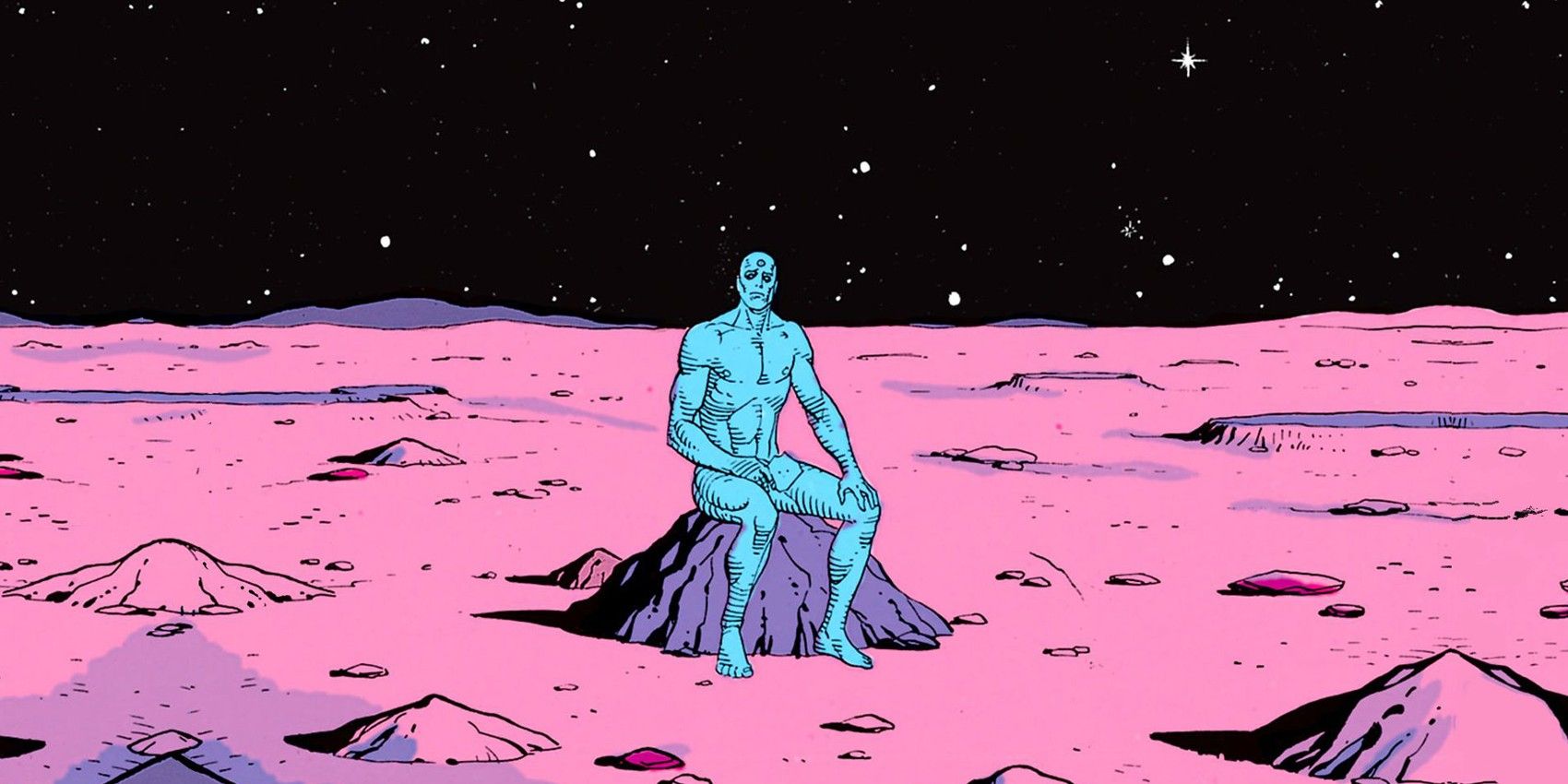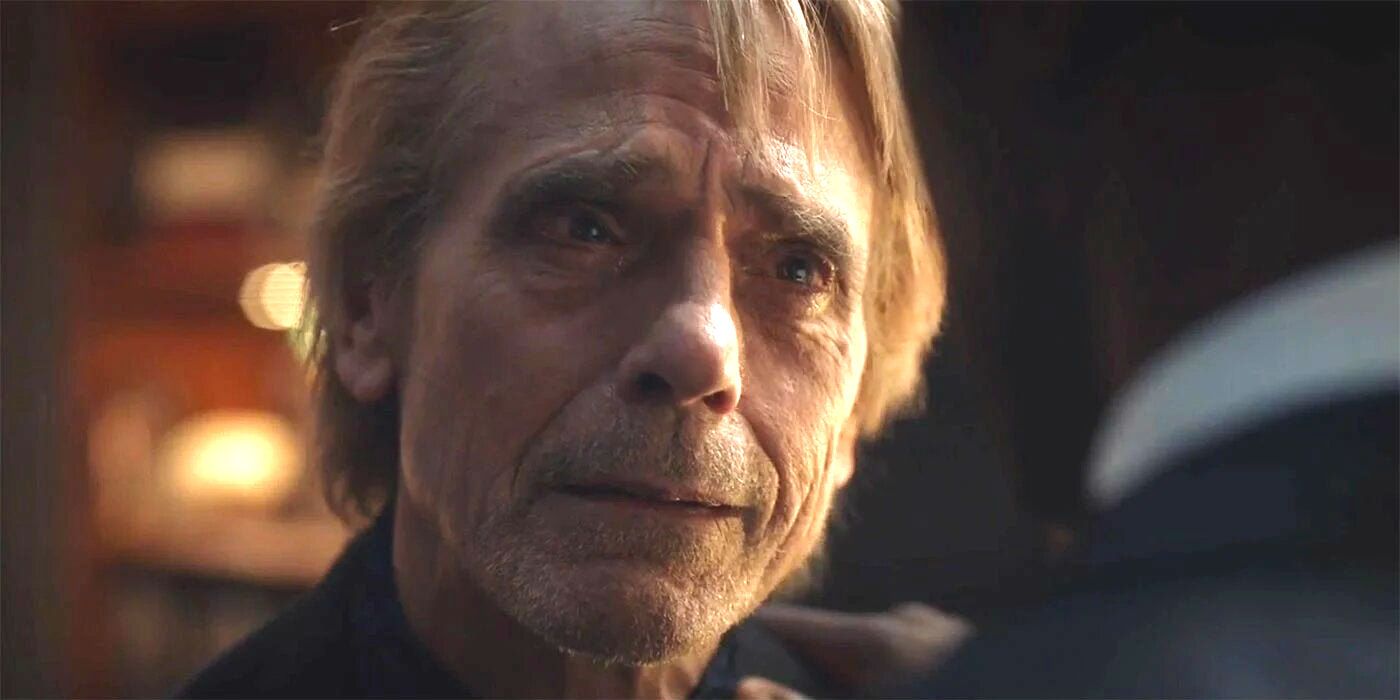#SocialMedia #HBO's Watchmen: Biggest Changes To The Book's Ending #BB
„HBO’s Watchmen: Biggest Changes To The Book’s Ending“

In an effort to subvert the expectations of fans of the original book, HBO’s Watchmen changed a few of the plot points from its ending. The original graphic novel, released in 1986, was a groundbreaking redefinition of the superhero genre, changing what could be done in the medium of comic books. HBO’s one season psuedo-sequel to Watchmen was a riveting exploration of American race relations and politics in the same vein as the original book’s depiction of the Cold War.
Watchmen picks up over 30 years after the ending of the original, and shifts the focus away from New York City to Tulsa, Oklahoma. The series introduces Angela Abar, aka Sister Night, a government-sponsored vigilante serving on a fully masked police force. The primary antagonists of the show are the 7th Kavalry, a group of far-right domestic terrorists waging war on the Tulsa PD after committing a brutal act of violence against them known as the „White Night.“ Lindelof and his group of writers paid close attention to the history of racial violence in America, and worked towards writing a story that would tackle those themes as well as the corruption of the police and the resurgence of white supremacy in America.
First and foremost, though, the show is a continuation of the story written by Alan Moore back in the mid-’80s. Watchmen reintroduces audiences to a slew of characters and concepts from the original graphic novel, including Ozymandias and Laurie Jupiter (now operating as Laurie Blake). The series even directly showcases the aftermath of the Dimensional Incursion Event, aka the giant alien squid that Adrian Blake drops on New York City during the novel’s climax, in an effort to stall the Cold War and usher in an era of peace. Despite the multitude of callbacks and references to the events of the graphic novel, the writers of the show had to teeter a balance between recreating elements of the original while also crafting a mystery that couldn’t be easily cracked by fans of the book. In order to do this, HBO’s Watchmen had to change several implications presented by the ending of the original comic.

Right before the climax of the original Watchmen, in which Rorschach and Nite-Owl II go to confront Ozymandias regarding his crimes, Rorschach makes the executive decision to drop off his journal at the mailbox of the New Frontiersman, a far-right tabloid. He does so with the knowledge that he and Daniel may die on their journey, which unfortunately comes true for him as Dr. Manhattan is forced to kill Rorschach in order to preserve the new era of peace built atop Veidt’s lie. The last the novel shows of Rorschach’s Journal is in the crank bin at the New Frontiersman, a collection of submissions that are either too crazy or too unverified to publish under normal circumstances. The final panel of the book is Seymour, a young man working for the newspaper, reaching uncertainly for the journal.
Of course, the audience discovers in the opening of the show that Rorschach’s Journal was indeed published; however, society outright rejected it. The show’s supplemental material, the Peteypedia Files (a collection of FBI memos and important texts sent out by one of the show’s characters, Dale Petey) takes this a step further, revealing that the media had reviled the journal as the ravings of a madman. Adrian Veidt himself even fanned the flames by implying that the journal may have been the work of a forger or mentally deranged fan.
However, there were those who did believe the truth written on the pages. The Seventh Kavalry, a group of white supremacists in Tulsa, modeled their organization in the late vigilante’s image after reading the journal. While he wasn’t responsible for the creation of the group itself (the show reveals later that the 7K are actually an evolution of the Cyclops, a racist organization from the 1940’s), Rorschach did directly inspire their current crusade against leftism and a perceived attack on whiteness: a far cry from the novel’s implication that the discovery of Rorschach’s journal may lead to Veidt’s downfall.

After reluctantly agreeing to keep Veidt’s treachery a secret for the good of society at large, Laurie Jupiter and Dan Dreiberg change their names and go back into hiding — with the implication that the former Nite Owl and Silk Spectre have returned to crime fighting under new aliases. It’s a proper and fitting ending for two characters who go on a journey of self-discovery together and realize that the piece missing from their lives is the one thing that both of them tried so desperately to get away from.
Unfortunately, their escapades weren’t allowed to last for long, as both Laurie and Daniel were captured by the FBI a few years into their superheroics. After a lengthy interrogation by the U.S. government, the former Nite Owl was sentenced and imprisoned, but Laurie took a plea deal and became a mask hunter for the FBI, someone tasked with capturing outlaw vigilantes and bringing them to justice. Laurie did this with the promise that eventually Daniel would be released from prison.
Interestingly, the Peteypedia File on Laurie’s interrogation reveals that not only did Laurie change her last name to Blake after the events of the novel, she also adopted her father’s moniker as a crimefighter. Instead of returning to the mantle of Silk Spectre like her mother, Laurie decided to become The Comedienne, a reflection of her more cynical nature and sarcastic outlook in the face of the events of the book.

One of the biggest character arcs in the original Watchmen was that of Dr. Manhattan, formerly Jon Osterman. In 12 issues he went from a detached, all-powerful entity who had practically abandoned all shreds of his humanity to once again becoming invested in the miracle of human life; enough to swear himself to secrecy regarding Adrian Veidt’s involvement in the faux-alien invasion that now threatened humanity. The last time he’s seen in the book, he casts doubt on the permanence of Ozymandias‘ solution before teleporting off to Mars to create life.
Or so he wanted everyone to believe. Episode 8 of Watchmen, „A God Walks Into Abar,“ reveals that Manhattan in truth never went to Mars. Instead, he went to Europa, one of the four moons of Jupiter, and set about creating life there. This doesn’t satisfy him for long though, and Manhattan actually leaves Europa and his newly-created life to return to Earth, where he inevitably falls in love with a young Angela, kickstarting the events of the series. It’s a shocking reveal, one that was purposefully set-up to deceive comic book fans in the first episode with a TV news broadcast of Dr. Manhattan on Mars. Osterman later reveals that this was a decoy he created to trick humanity, and it served its purpose twice in both the universe of the show and with real-world viewers.

An example of the moral nuance of the original novel is the fate of Ozymandias, who, for all intents and purposes, seems to get away with his heinous crimes. After Ozymandia reveal his grand scheme to his former teammates, he forced them all to swear to secrecy in order to preserve the newfound peace that he’d created on Earth. It’s a puzzling moral dilemma, one that Rorschach refuses to have a hand in, which leads to his untimely demise. While Veidt has murdered a staggering number of human beings, to reveal the truth and imprison him for his crimes would set the world right back to where it was before.
That is, unless his punishment comes in the guise of a reward. Another brilliant reveal in episode 8 is that Dr. Manhattan, in return for Veidt creating him a device that would render him powerless, agreed to send him to Europa where he would be worshiped by Manhattan’s creations. While Ozymandias‘ intentions were altruistic, the nature of his plan screams self-importance and narcissism, which is why a planet filled with faux-humans looking for a godlike being to revere would be something he’d enjoy.
Except it doesn’t exactly work out the way he was expecting. In the first few years of Ozymandias‘ exile on Europa, he relishes the praise of the locals. But soon it becomes a form of torture, one that he desperately tries to escape from over the course of the show. At one point, the beings catch him and put him on trial for his crimes — not only his attempted escape from Europa, but for his genocidal scheme on Earth as well. It’s a brilliant way for Lindelof’s series to have its cake and eat it to: the show doesn’t break the status quo set up by Ozymandias‘ plot, but it also forces him to consider the morality of his actions and actively punishes him for them. It’s just one of several ways in which HBO’s Watchmen recontextualizes the events of the source material, actively honoring the story that came before while crafting something entirely new all on its own.
If you want to read more Like this articles, you can visit our Social Media category.
if you want to watch movies go to Film.BuradaBiliyorum.Com for Tv Shows Dizi.BuradaBiliyorum.Com, for forums sites go to Forum.BuradaBiliyorum.Com .



